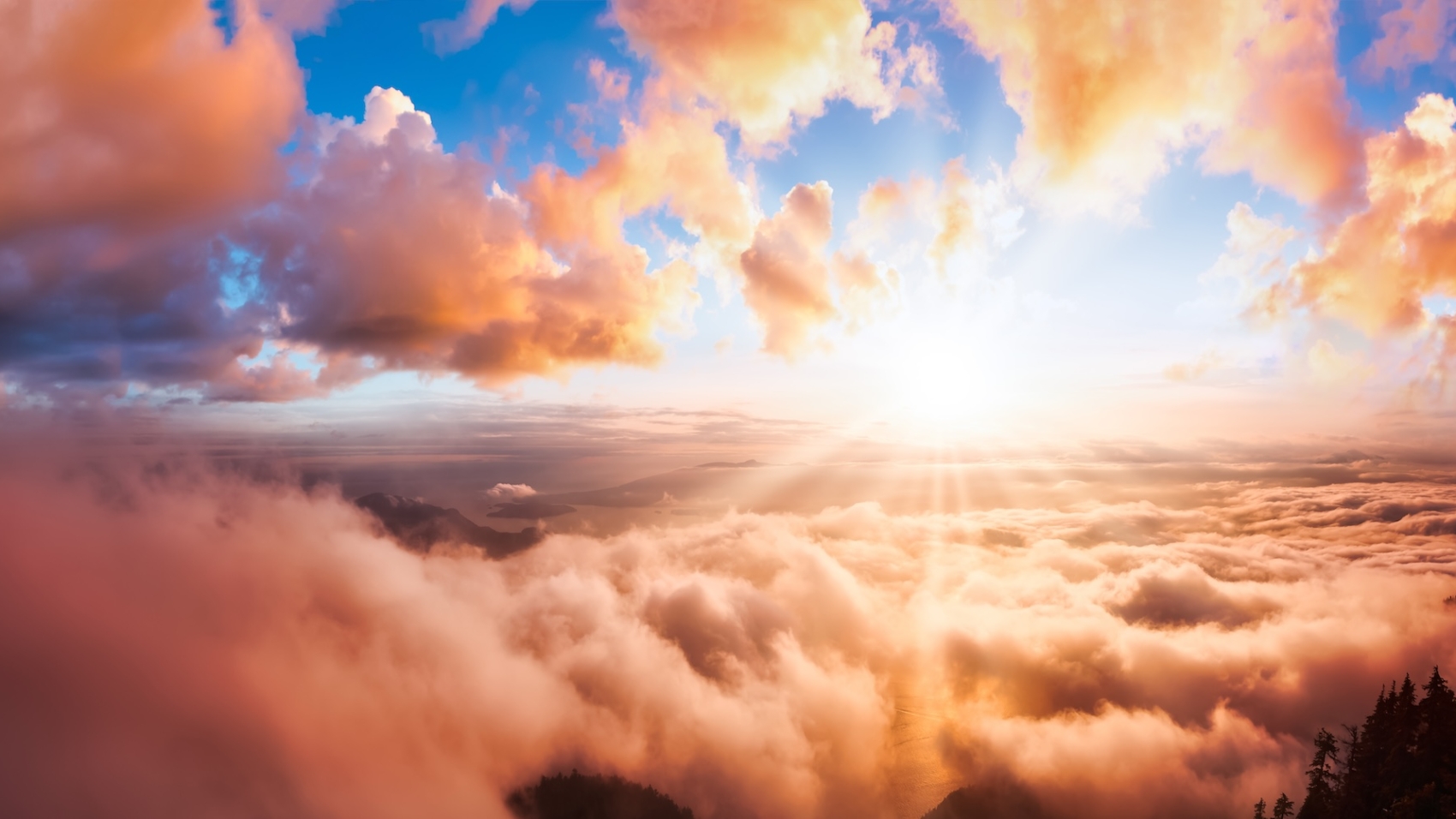If we eat when we are not really hungry, we are overeating, which causes a traffic jam in our digestive system that causes oxidative stress, which in turn causes free radicals.
Now, free radicals are not all bad. We need a certain amount of them for our bodies to work correctly. But just like anything else, too much of a good thing is NOT a good thing.
A free radical is a molecule that lacks an electron, and that makes it unstable.
In order to stabilize itself, a free radical needs to another electron, which it will rob from another molecule in your body.
As you can imagine, this causes a domino effect of damage because every time a molecule is robbed of an electron, another cell becomes damaged (i.e. oxidation). A certain amount of cellular damage is normal, but too much cellular damage leads to disease.
So, what can we do to stop a free radical?
Just as a free radical is missing an electron, ANTI-oxidants contains an extra electron.
The extra electron in the molecular structure of an antioxidant will fill the void the molecular structure of a free radical, which stabilizes it and stops it from hunting down electrons from other molecules.
And the richest source of antioxidants? You guessed it… raw fruits and vegetables.
As much as we try, we can’t stop ALL free radical production; it happens with every metabolic process in the body. It happens with exercise. It even happens with breathing and thinking.
The key is to counteract it as much as possible by ensuring that most of your diet consists of raw, living foods that have antioxidants your body needs to stop oxidation and reverse the damage.
I’LL HAVE MORE TO SHARE NEXT TIME… but in the meantime, you can read about this and a lot more my latest book, “Escape Root: The Secret Passage to Lifelong Wellness” available at ARoodAwakening.tv/Escape
